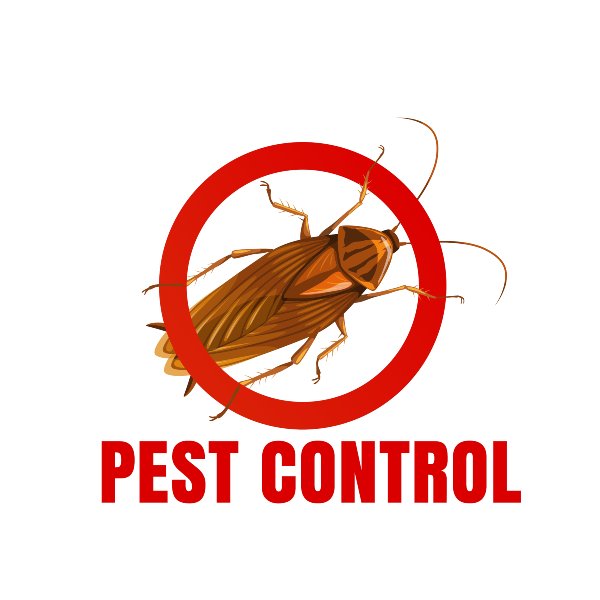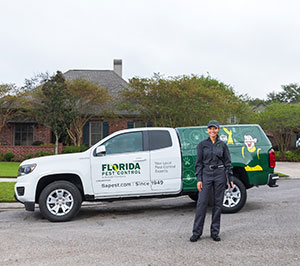A1 Charlotte Pest Control Companies - Your Regional Pest Specialists
A1 Charlotte Pest Control Companies - Your Regional Pest Specialists
Blog Article
Bed Insect Therapy Failure: Contrasting Chemical Vs. Non-Chemical Solutions
In the world of insect control, especially when taking care of the persistent problem of bed bugs, the selection between chemical and non-chemical treatment services can be a pivotal one. Both strategies offer unique advantages and drawbacks, influencing variables such as efficiency, safety and security considerations, and overall price. By checking out the nuanced details of each technique, a more clear understanding of which course to pursue in resolving a bed bug problem can be achieved.
Performance of Chemical Therapies
Chemical therapies for bed insect invasions have been commonly recognized for their powerful and rapid effectiveness in eliminating these pests. When thinking about the effectiveness of chemical therapies, it is vital to recognize that they can provide a thorough and fast remedy to a bed insect problem.
Furthermore, chemical treatments have the advantage of using residual impacts, implying that they can remain to get rid of bed insects also after the initial application. This residual activity is specifically helpful in combating any type of possible re-infestations. Furthermore, the rapid activity of chemical treatments can bring alleviation to individuals facing severe bed pest problems, permitting them to gain back control of their home swiftly.
Safety Worries With Chemical Solutions
One critical aspect that calls for mindful consideration when utilizing chemical remedies for bed bug therapy is making sure the security of passengers and the atmosphere. While chemical treatments can be reliable in eliminating bed pests, they may posture dangers otherwise handled correctly. One of the primary safety and security concerns with chemical services is the potential injury they can create to human wellness. Direct exposure to certain chemicals utilized in bed bug treatments can bring about breathing problems, skin inflammation, or other adverse responses, particularly in people with pre-existing conditions or sensitivities. In addition, incorrect application or dosage of chemical pesticides can result in toxic deposits sticking around in the cured location, presenting long-lasting health threats to owners.
In addition, the environmental effect of chemical solutions is an additional considerable factor to consider. Some chemicals made use of in bed insect treatments might be damaging to valuable insects, wildlife, and ecological communities if they seep into the soil or water systems. It is essential to use chemical therapies sensibly, adhering to safety guidelines, and considering much less harmful alternatives to minimize these dangers and guarantee the efficient and risk-free administration of bed pest infestations.
Benefits of Non-Chemical Techniques
Thinking about the potential security problems and ecological impact related to chemical options for bed pest therapy, exploring non-chemical techniques offers an appealing alternative with numerous distinctive benefits. Non-chemical methods provide a much safer alternative for families, specifically those with children, individuals, or animals delicate to rough chemicals. These strategies get rid of the dangers of exposure to poisonous compounds, minimizing the capacity for adverse health effects. Moreover, non-chemical treatments are eco-friendly, as they do useful content not contribute to air or water pollution, making them a lasting selection for parasite control.
In addition, non-chemical solutions can be effective in targeting bed insects, including hard-to-reach locations where chemical therapies might not penetrate - A1 pest control charlotte nc bed bugs. Techniques such as heat therapy, vacuuming, steam cleansing, and cushion coverings give extensive obliteration without the usage of damaging chemicals.
Limitations of Non-Chemical Treatments

Additionally, non-chemical treatments usually need multiple applications to accomplish successful elimination. This can be taxing and may not always ensure full removal of all bed insects and their eggs, particularly in surprise or hard-to-reach places.
Moreover, the success of non-chemical therapies heavily depends on proper application and thoroughness, which can be testing for people without specialist experience. Inadequate application of non-chemical techniques might result in insufficient removal, causing persistent infestations and the requirement for additional therapies.
Therefore, while non-chemical therapies have their benefits, it is necessary to acknowledge these constraints and consider them when determining the most visit this site right here reliable strategy for managing bed bug invasions.
Cost Contrast: Chemical Vs. Non-Chemical Options
Provided the constraints connected with non-chemical treatments, an important element to review in the context of bed pest administration is the price contrast in between chemical and non-chemical choices. In comparison, non-chemical treatments like warm treatment or heavy steam can be more costly, with expenses varying from $1,000 to $6,000 for an entire home. While the preliminary expense of chemical therapies may appear reduced, multiple therapies may be needed to totally remove the problem, potentially boosting the total cost.
Verdict

Considering the possible safety worries and environmental impact associated with chemical services for bed bug treatment, discovering non-chemical strategies provides an encouraging alternative with several distinct benefits.Offered the constraints connected with non-chemical treatments, a crucial element to evaluate in the context of bed pest administration is the expense contrast in between chemical and non-chemical options. In contrast, non-chemical therapies like warmth treatment or heavy steam can be much more pricey, with expenses ranging from $1,000 to $6,000 for an entire home. While the preliminary cost of chemical therapies might appear lower, multiple treatments may be called for to fully get rid of the invasion, possibly boosting the overall price.In verdict, when contrasting web chemical and non-chemical bed insect treatment alternatives, it is necessary to consider performance, security, benefits, limitations, and expense.
Report this page